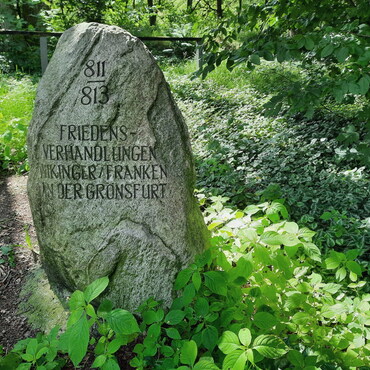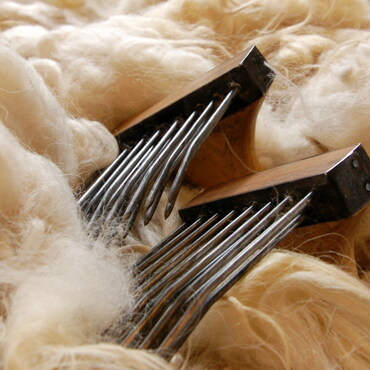The old story goes that they lived in a slightly warmer period which made Greenland more hospitable. When the climate changed and it got colder, they failed to adapt. Instead of learning from the more flexible Inuit, they kept their lifestyle. And that was their doom.
According to this article, however, the history books might have to be rewritten.
The newer findings suggest that Greenland's Norse people changed from their traditional, livestock-based diet to marine mammals such as seal much more quickly. The initial reason for their settlement - finding new farmland - might also have to be questioned in favour of the walrus ivory trade. Farming was done on the side. What mattered was the ivory.
In the Middle Ages, three factors happening at the same time made life more difficult: climate change, with colder years and marine storms; competition with the growing elephant ivory trade; and the Black Death, drastically reducing mainland Europe's population on which the Greenlanders still depended.
But did they freeze and starve to death, and sometimes die in a violent storm, trying to catch some seal in order to feed the family at home? Or did they just move, gradually migrate back to Iceland and Norway? Perhaps the answer lies in the middle. Perhaps we will never know.



